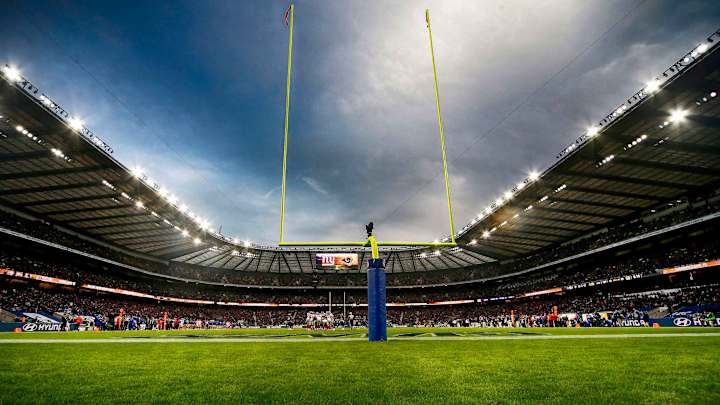How Does NFL Overtime Work?

NFL overtime rules can be a bit confusing. And given that there were two overtime ties during the 2016 season, it’s a good time to refresh your memory on how it works.
We’ve tried to simplify things as much as possible here. Also note that the rules differ between the regular season and postseason. You might recall that Super Bowl LI went to overtime, with the Patriots beating the Falcons on a James White touchdown run.
With the 2017 NFL season upon us, here's a brief rundown of the league's overtime rules.
1) Overtime starts with a coin toss to determine possession, with the visiting team captain calling heads or tails.
2) Starting this season, overtime runs 10 minutes long at maximum, down from 15 minutes in previous seasons.
Each team gets two timeouts. There are no coaches’ challenges, with officials reviewing close plays.
3) If the team with first possession scores a touchdown on the opening drive of overtime, that team wins the game. No extra point will be attempted.
4) A field goal on the opening drive means the other team gets a chance to answer. If the team with second possession scores a touchdown on the ensuing drive, that team wins. If they kick a field goal to tie, possession goes back the other way. From there, scoring is sudden death, with the first team to break the tie deemed the victor.
5) If no team breaks a tie after 10 minutes of game time, the game ends in a tie.
6) In the postseason, if the game is tied after the first overtime, a second overtime begins. There will be a two-minute intermission between overtime period. Play in theory can continue for an infinite number of overtime periods until a tie is definitively broken.
